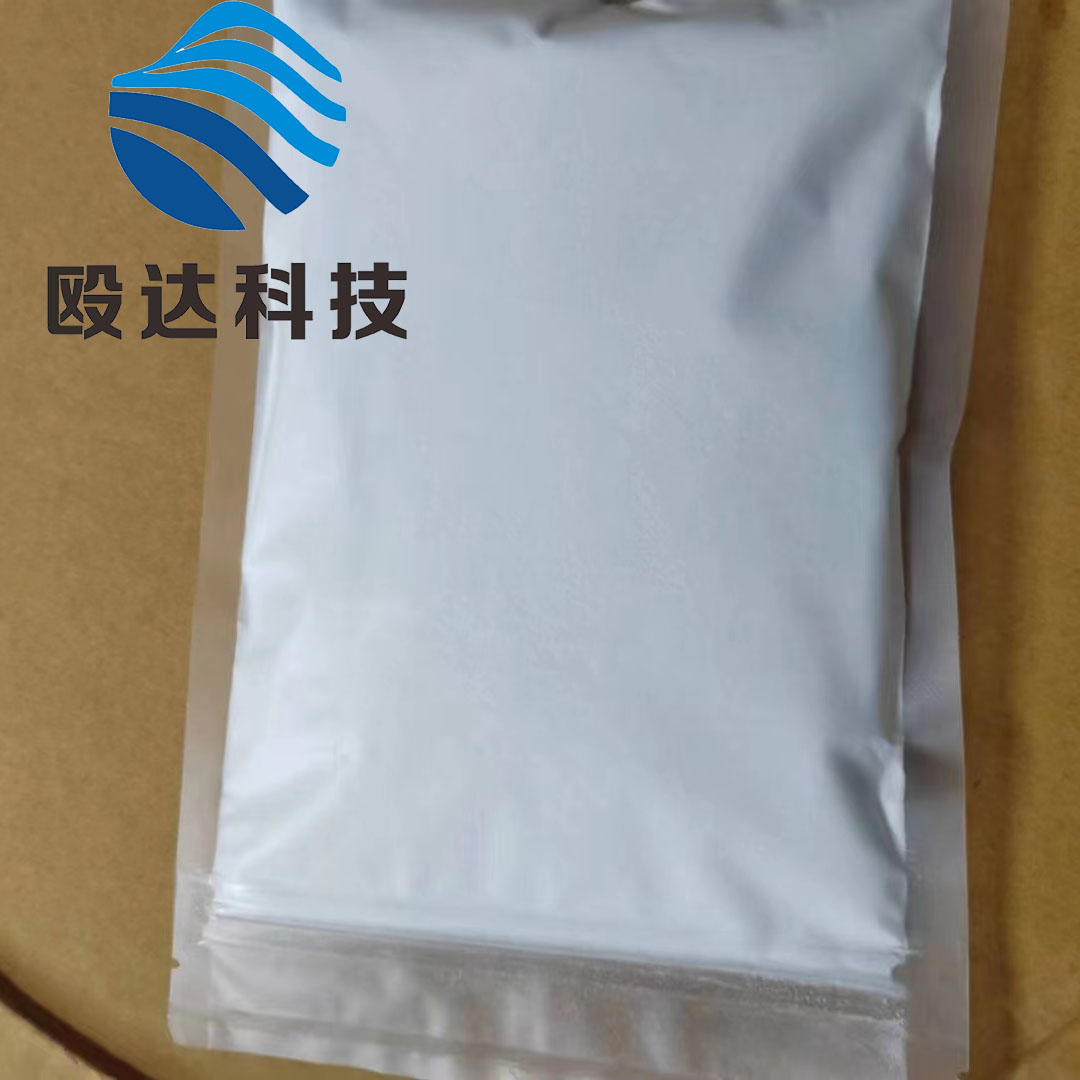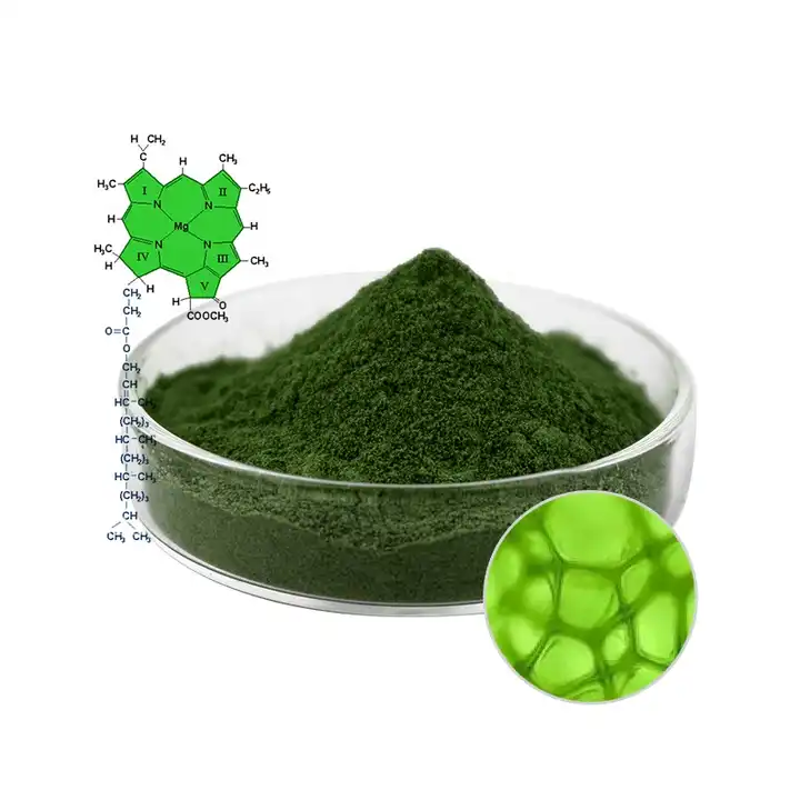Study on decolorization of fermentation pharmaceutical wastewater
-
Last Update: 2018-03-08
-
Source: Internet
-
Author: User
Search more information of high quality chemicals, good prices and reliable suppliers, visit
www.echemi.com
[technical article of China Pharmaceutical network] fermentation engineering pharmaceutical is to synthesize specific drugs by using highly complex biochemical reaction process under the action of artificial microorganism in specific enzyme system in vivo With the increasing demand for fermentation drugs in domestic and foreign markets, the fermentation pharmaceutical industry has become a fast-growing field in the domestic pharmaceutical industry In the production stage of fermentation drugs, the input of raw materials is very large, and the output ratio is relatively small Generally, the fermentation pharmaceutical wastewater is mainly in the form of intermittent discharge, and the fermentation pharmaceutical wastewater has the characteristics of deep color, poor biodegradability and so on As one of the recognized refractory industrial wastewater in various fields of society, three-dimensional electrolysis can realize the decolorization treatment of fermentation pharmaceutical wastewater Three dimensional electrolysis treatment mechanism of fermentation pharmaceutical wastewater The three-dimensional electrolysis treatment is mainly the electrochemical treatment which synthesizes various removal mechanisms The use of electrode reaction can destroy the stability of the molecules in the fermentation pharmaceutical wastewater, make the ring-shaped molecules open and the macromolecule break the chain, and produce substance flocculation or sedimentation in the electrolysis process of the wastewater, so that the purification and decolorization of the fermentation pharmaceutical wastewater can be achieved Three dimensional electrolysis is a wastewater treatment mechanism put forward by the end of 1960s The traditional two-dimensional electrolytic cell is filled with granular or other fragmentary working electrode materials between the electrodes to ensure that the newly added working electrode surface is charged, so that it can form a new electrode The surface of this electrode can react with the pollutants in wastewater through electrochemical reaction Processing The three-dimensional electrode method does not use or use a small amount of chemicals in the treatment of fermentation pharmaceutical wastewater, and this treatment mechanism has the characteristics of small floor area, high treatment efficiency and no secondary pollution in operation In essence, three-dimensional electrolysis is a dynamic process in the treatment of fermentation pharmaceutical wastewater Activated carbon particles should have a large specific surface area and good electrical conductor In the DC electric field, carbon particles can form a relatively smiling electrolytic cell because of their electrification When the external voltage of the electrolytic reactor reaches the decomposition voltage of pollutants in the fermentation pharmaceutical wastewater, an electrolytic reaction can take place to remove the fermentation The three-dimensional electrolysis is to use this mechanism to decolorize the pharmaceutical wastewater and reduce the COD in the pharmaceutical wastewater 2 Scheme design of three-dimensional electrolytic treatment of fermentation pharmaceutical wastewater 1 Scheme design of the device: As shown in Figure 1, the electrolyzer reactor is mainly made of plexiglass plate during the design process The size of the device can be adjusted according to the actual needs The bottom of the electrolyzer reactor needs to be installed with porous gas distribution plate with uniform distribution Generally, the standard diameter of the gas distribution hole should be controlled to about 1mm, and the porous gas distribution hose under the gas distribution plate should be used to enter and press Shrink the air The anode in the electrolyzer reactor is mainly made of stainless steel plate, and the cathode in the reactor is mainly made of graphite plate The effective working area of the electrode plate in operation is controlled at about 50cm2 through the water level In the specific operation state of the reactor, two groups of electrodes can be used to react according to the size of the device In the design process, the diaphragm free electrolyzer is mainly used The third pole of the whole treatment device is mainly made of activated carbon particles with specification of 10 During the operation of the electrolyzer reactor, the third pole needs to be placed between the electrode plates When the whole device starts to operate, dilute sulfuric acid needs to be used to activate the surface of the third pole, and the fermentation pharmaceutical wastewater needs to be treated Shock adsorption is needed to remove the adsorption capacity 2 Analysis of the effect of the device on the treatment of fermentation pharmaceutical wastewater: the preliminary test is carried out before the above device is put into use The initial reaction conditions of the whole test are designed as pH 5, electrolysis time 30 minutes, and the amount of active carbon added 10 g / L the current density will be changed during the operation of the device The changed current density generally needs to be controlled at 10 mA / cm2, 20 mA / cm2, 30 MA / cm2, 40 MA / cm2, 50 MA / cm2 and 60 MA / cm2 The distance between fixed electrode plates was controlled to 3cm during the experiment In the experiment, the change of pollutant removal rate of fermentation pharmaceutical wastewater under different current density was measured Increasing the current density during the operation of the device can improve the removal rate of pollutants When the voltage on the particles is lower than the decomposition voltage, no reaction current will be generated However, the removal rate of pollutants in the fermentation pharmaceutical wastewater in this stage is relatively small, but the current density of the device is increased to 40 At MA / cm2, the reaction current will pass through the third pole, and the removal rate of COD in the wastewater has been greatly improved in this stage When the current density of the device is increased to 60 MA / cm2, there is no significant change in the pollutant removal rate of the fermentation pharmaceutical wastewater This is because the current density on the activated carbon electrode is too high, there will be some side effects 3 Conclusion in conclusion, the effect of the designed three-dimensional electrolytic treatment of fermentation pharmaceutical wastewater has been proved by experiments, especially the decolorization effect of three-dimensional electrolytic treatment of fermentation pharmaceutical wastewater is very effective, so as to ensure that the fermentation pharmaceutical wastewater can reach the discharge standard through three-dimensional electrolytic treatment Original title: decolorization of fermentation pharmaceutical wastewater by Chang Zhihui
This article is an English version of an article which is originally in the Chinese language on echemi.com and is provided for information purposes only.
This website makes no representation or warranty of any kind, either expressed or implied, as to the accuracy, completeness ownership or reliability of
the article or any translations thereof. If you have any concerns or complaints relating to the article, please send an email, providing a detailed
description of the concern or complaint, to
service@echemi.com. A staff member will contact you within 5 working days. Once verified, infringing content
will be removed immediately.







